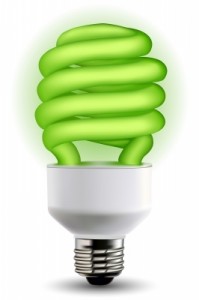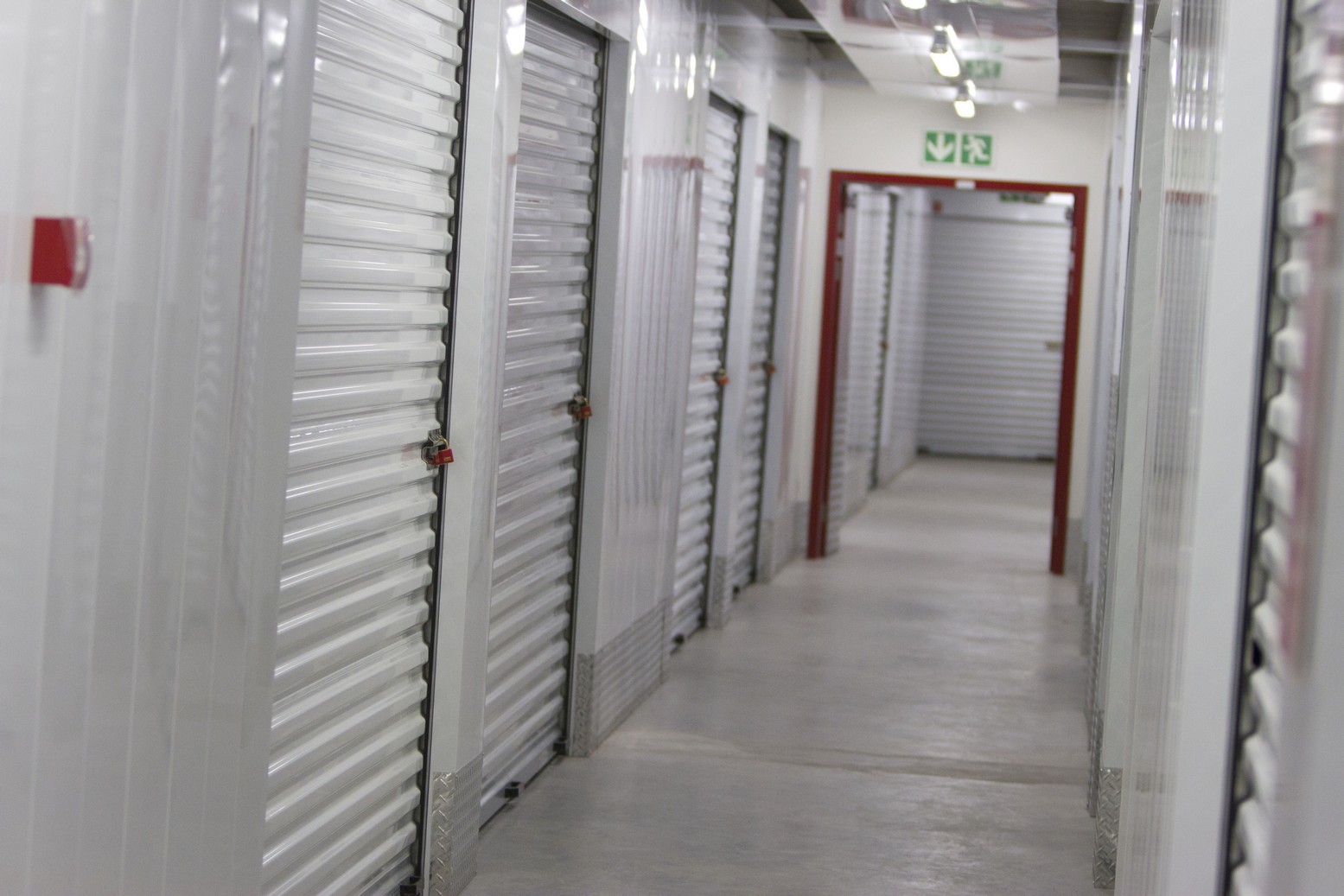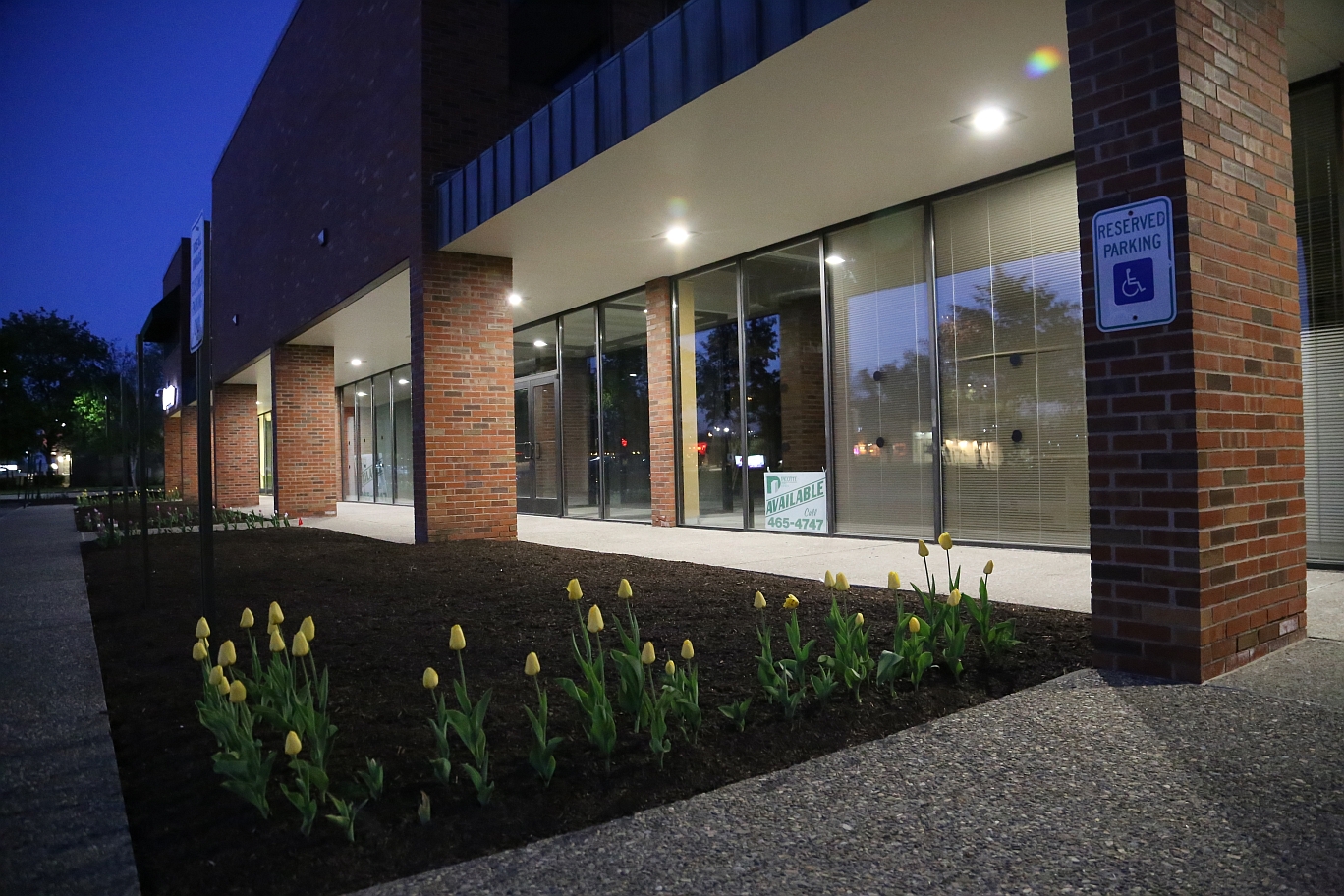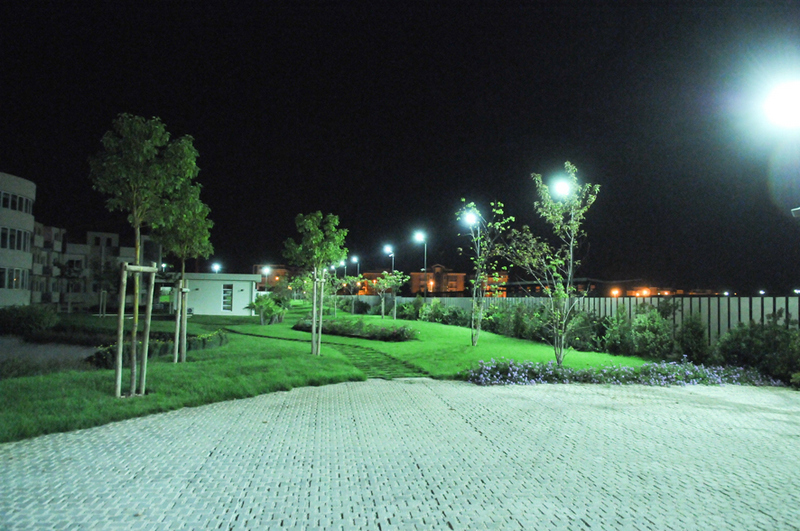 Whether your self-storage complex is indoor or outdoor, you know the lights need to stay on all night. That’s a great way to rack up utility bills, though, not to mention the effect using that much energy has on the environment. If you’re looking to go green or save some green, switching to LED lights can be the perfect solution to your self-storage lighting needs.
Whether your self-storage complex is indoor or outdoor, you know the lights need to stay on all night. That’s a great way to rack up utility bills, though, not to mention the effect using that much energy has on the environment. If you’re looking to go green or save some green, switching to LED lights can be the perfect solution to your self-storage lighting needs.
Here’s why:
LED lights are more efficient: Only a fraction of the electricity used in a conventional bulb is converted to light, and the rest of it is wasted. LED lights don’t have this problem. Compared to conventional lighting, LED lights use as much as 70% less energy. Imagine cutting your utility bills by 70%!
LED lights are much brighter: When electric energy is wasted by conventional bulbs, it’s usually emitted as heat, instead of light. Since LEDs harness a much greater percentage of the electricity it uses as light, they also shine much brighter than conventional bulbs. As an added bonus, LEDs are dimmable, and turn on instantly with no need for a warming-up period, meaning you can custom set the light level to fit your needs.
LED lights have a much longer life: Conventional incandescent bulbs burn out after about 1000 hours of use. If you run a 24/7 indoor storage facility that leaves the lights on, these bulbs can burn out in just a little over a month. LED lights, on the other hand, are rated for 40 to 50 thousand hours of use. That’s 40 to 50 times a longer lifespan than your average incandescent bulb! Even better, LED lights aren’t as fragile as glass bulbs, and don’t contain toxic mercury like fluorescent lights, meaning it’s less likely for them to break – and not be dangerous when they do.
No matter what kind of business you operate, efficient lighting is the first step to cutting costs. Contact us today for a free quote on your new energy-efficient LED lighting system!





